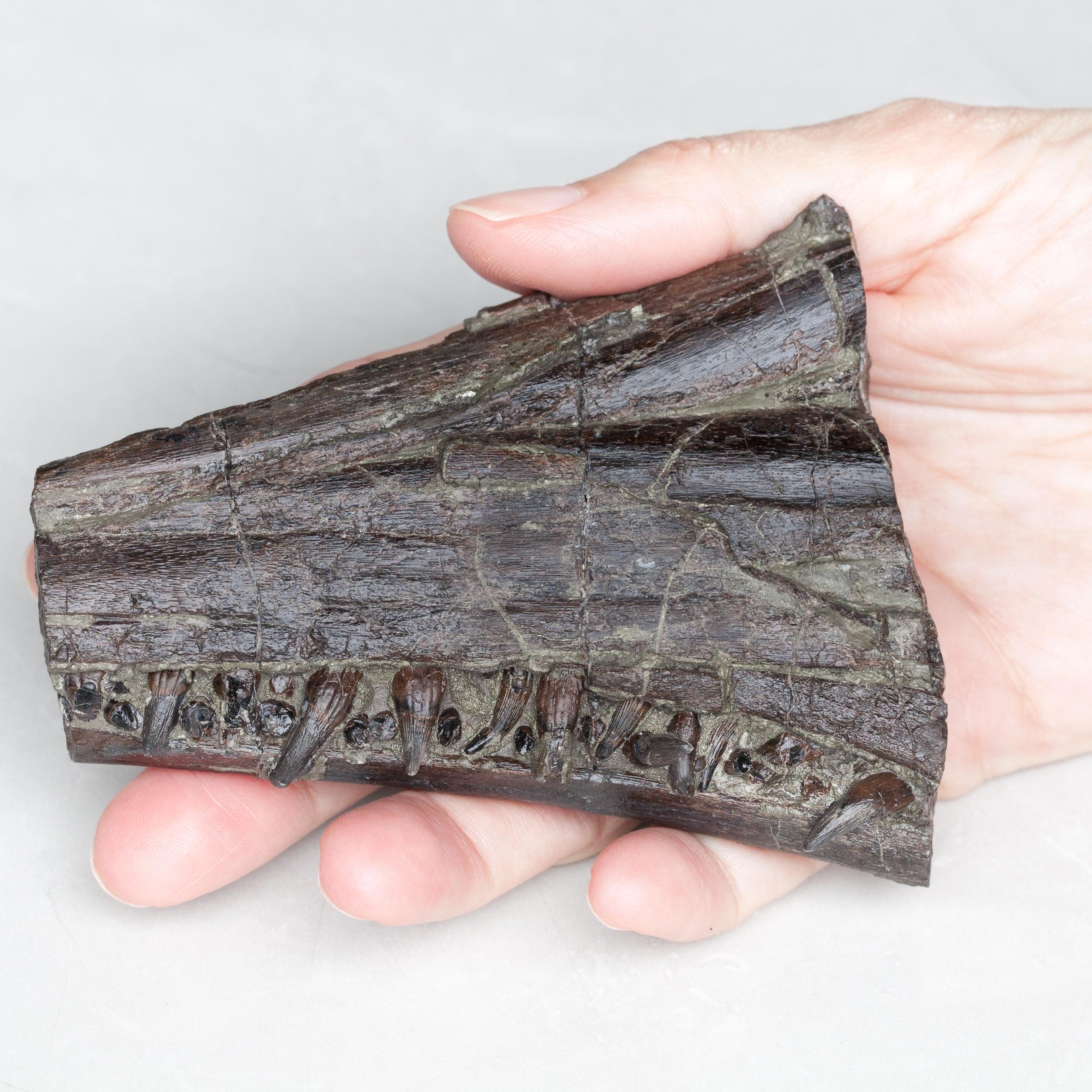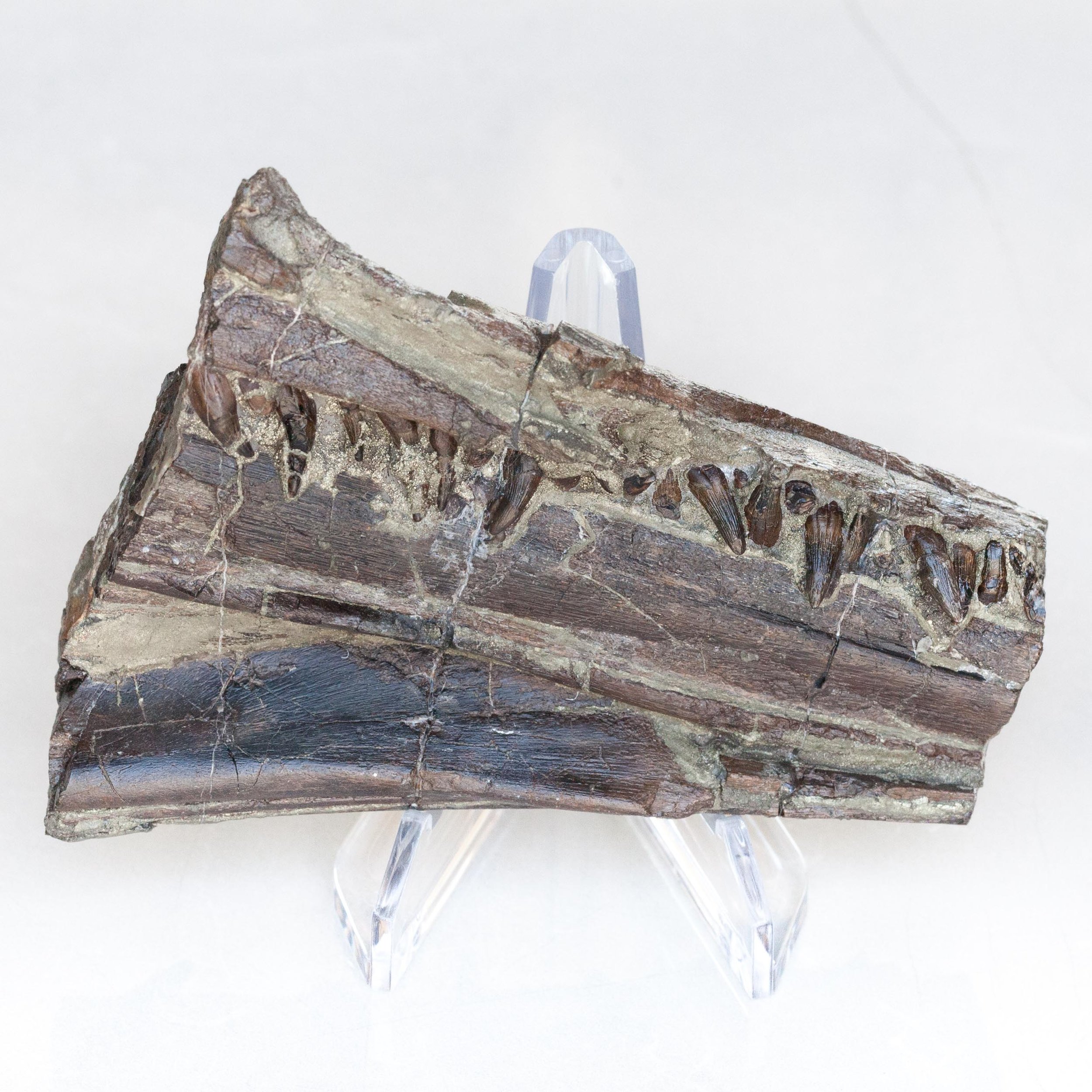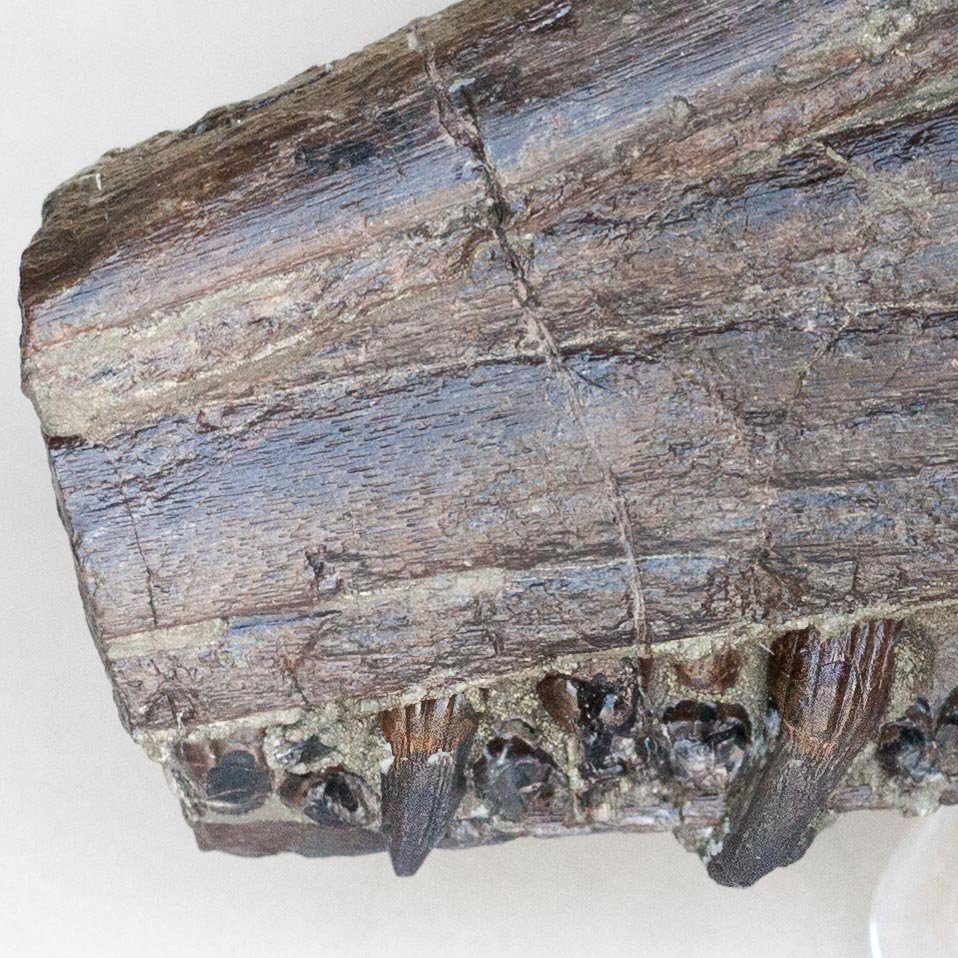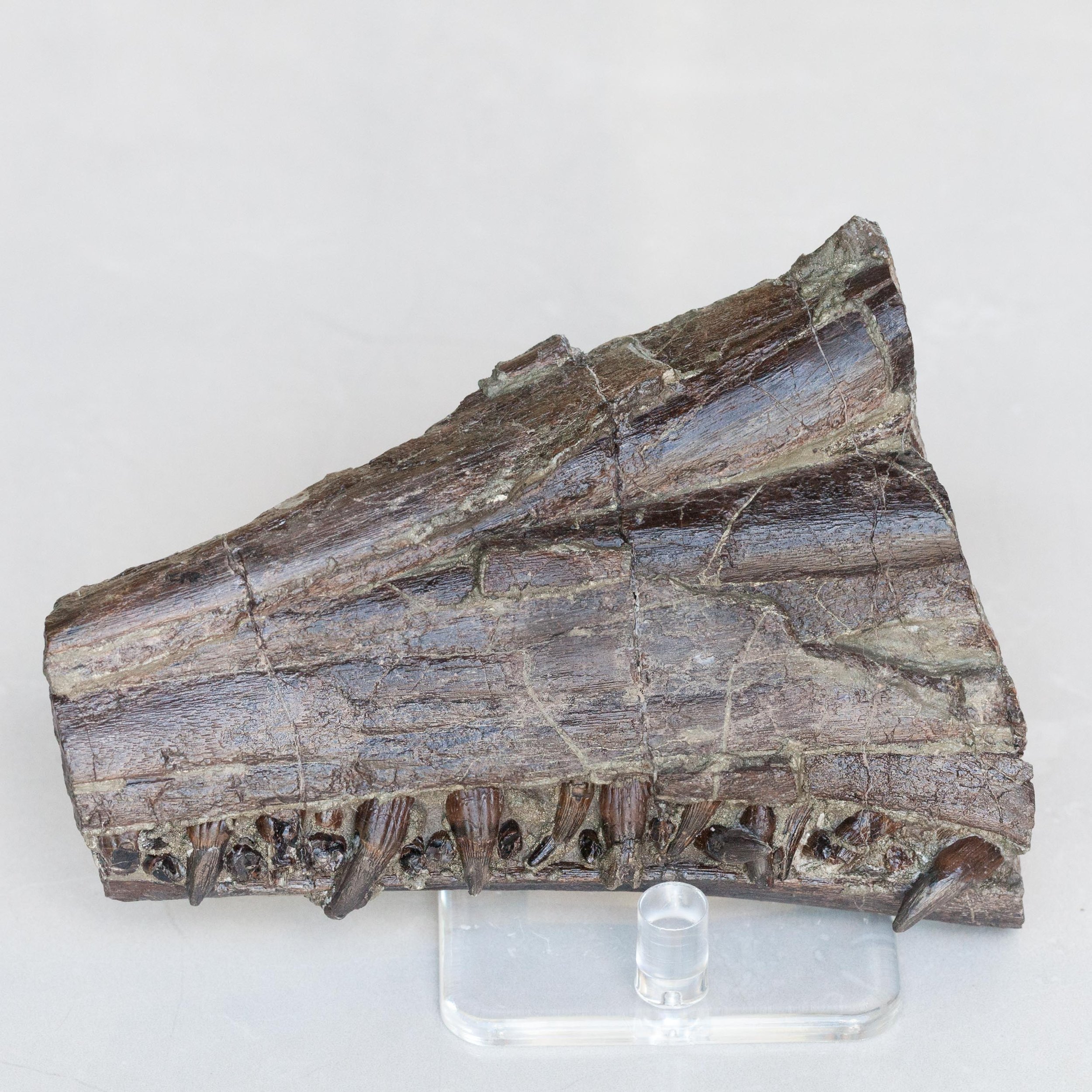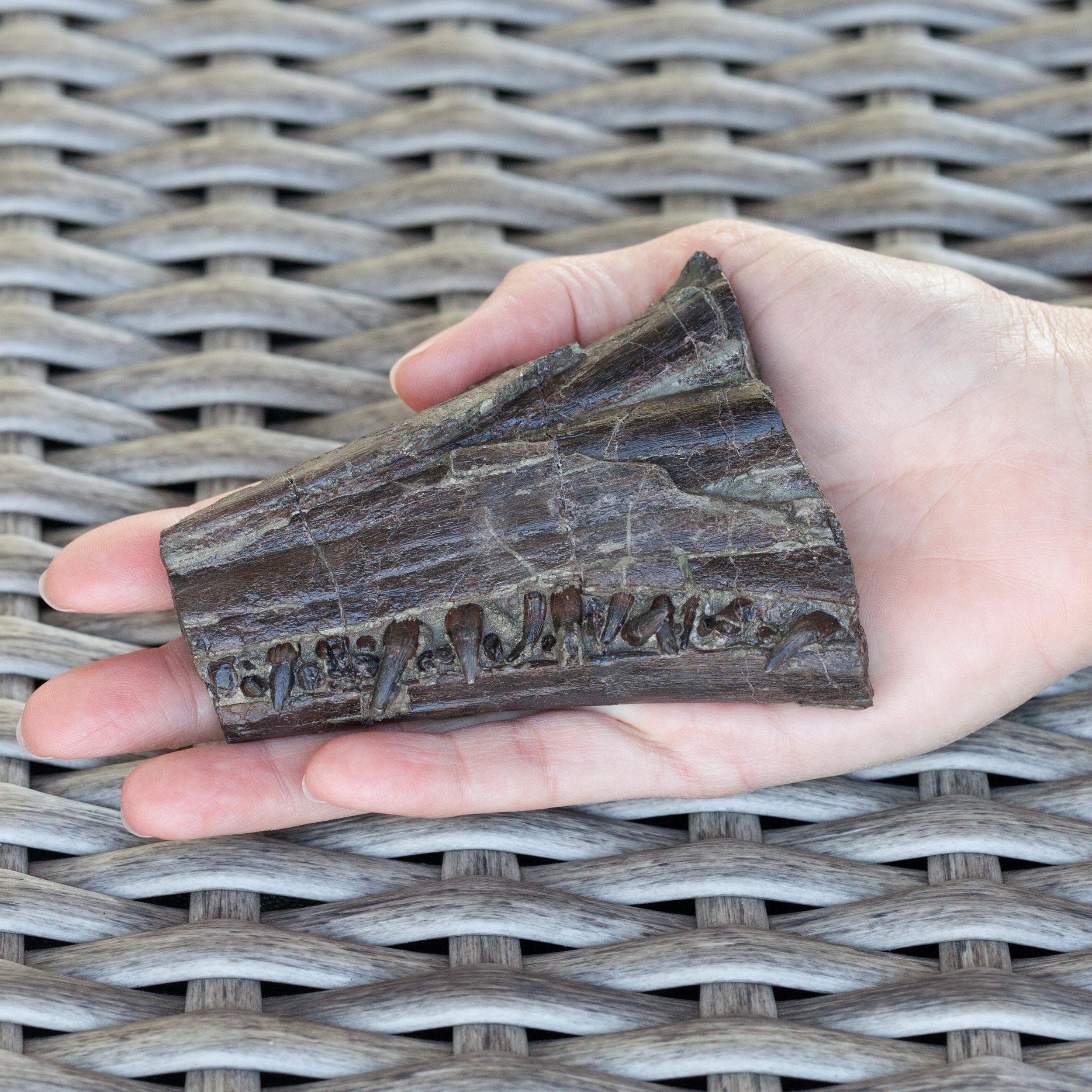Additional Information
Ichthyosaurus was the first complete fossil to be discovered in the early 19th century by Mary Anning in England.
Mary Anning became known around the world for the discoveries she made in Jurassic marine fossil beds in the cliffs along the English Channel at Lyme Regis in the county of Dorset in Southwest England. Mary’s findings contributed to changes in scientific thinking about prehistoric life and the history of the Earth.
Mary collected fossils in the Blue Lias and Charmouth Mudstone cliffs, particularly during the winter months when landslides exposed new fossils that had to be collected quickly before they were lost to the sea. Mary’s discoveries included the first correctly identified ichthyosaur skeleton when she was twelve years old; the first two nearly complete plesiosaur skeletons; the first pterosaur skeleton located outside Germany; and fish fossils. Her observations played a key role in the discovery that coprolites, known as bezoar stones at the time, were fossilised faeces, and she also discovered that belemnite fossils contained fossilised ink sacs like those of modern cephalopods.
Ichthyosaurus was smaller than most of its relatives, with individuals measuring up to 3.3 metres (11 ft) in length. Many Ichthyosaurus fossils are well-preserved and fully articulated. Some fossils still had baby specimens inside them, indicating that Ichthyosaurus was viviparous. Similar finds in the related Stenopterygius also show this. Jurassic ichthyosaurs had a fleshy dorsal fin on their back as well as a large caudal fin.
Icthyosaurus is distinguished from other ichthyosaurs by having a wide fore-fin with 5 or more digits with an anterior digital bifurcation, but the morphology of the humerus and coracoids are also distinct from that of other Lower Jurassic ichthyosaurs, as is the arrangement of the dermal bones, though the suture lines used to diagnose these are not always visible.

